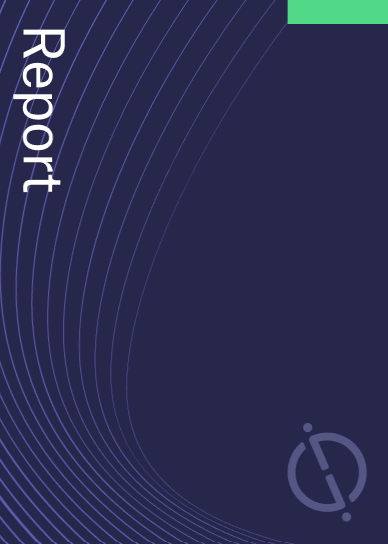Schneider Electric has been granted a patent for an Uninterruptible Power Supply (UPS) that is voltage-frequency independent. The UPS includes an input for receiving AC power, a backup power input for charging a backup power source, and a converter with multiple switches and inductors. The UPS is designed to provide uninterrupted power regardless of voltage or frequency variations. GlobalData’s report on Schneider Electric gives a 360-degree view of the company including its patenting strategy. Buy the report here.
According to GlobalData’s company profile on Schneider Electric, Fiber-reinforced material joining techniques was a key innovation area identified from patents. Schneider Electric's grant share as of September 2023 was 74%. Grant share is based on the ratio of number of grants to total number of patents.
Uninterruptible power supply (ups) with voltage-frequency independence
A recently granted patent (Publication Number: US11777338B2) describes an uninterruptible power supply (UPS) with unique features. The UPS includes an input for receiving AC power and a backup power input for charging from a backup power source. It also has a positive and negative DC bus that are galvanically coupled to the backup power input. The UPS further includes a converter with multiple components, including inductors and converter switches.
One notable feature of this UPS is its voltage-frequency independence. This means that it can operate effectively regardless of variations in input AC voltage and frequency. The converter in the UPS is designed to provide power to the positive and negative DC buses through the use of the inductors and converter switches. These components work together to transfer power efficiently and reliably.
The UPS also includes a controller that operates in different modes depending on the input AC voltage. During a positive half-cycle of the input AC voltage, the controller activates the first converter switch to provide DC power to the positive DC bus. It also activates either the second or third converter switch to provide DC power to the backup power input. During a negative half-cycle of the input AC voltage, the controller operates the first converter switch to provide DC power to the negative DC bus and again activates either the second or third converter switch to provide DC power to the backup power input.
Additionally, the UPS has an input selection circuit that allows it to switch between the input and the backup power input based on the mode of operation. The controller also monitors the input AC power and determines whether it is acceptable or unacceptable. Depending on this determination, the UPS operates in either the first mode of operation or the second mode of operation.
Overall, this granted patent describes a unique uninterruptible power supply with voltage-frequency independence and efficient power transfer capabilities. The UPS's design and features make it suitable for various applications where reliable power backup is essential.
To know more about GlobalData’s detailed insights on Schneider Electric, buy the report here.
Data Insights
From

The gold standard of business intelligence.
Blending expert knowledge with cutting-edge technology, GlobalData’s unrivalled proprietary data will enable you to decode what’s happening in your market. You can make better informed decisions and gain a future-proof advantage over your competitors.



